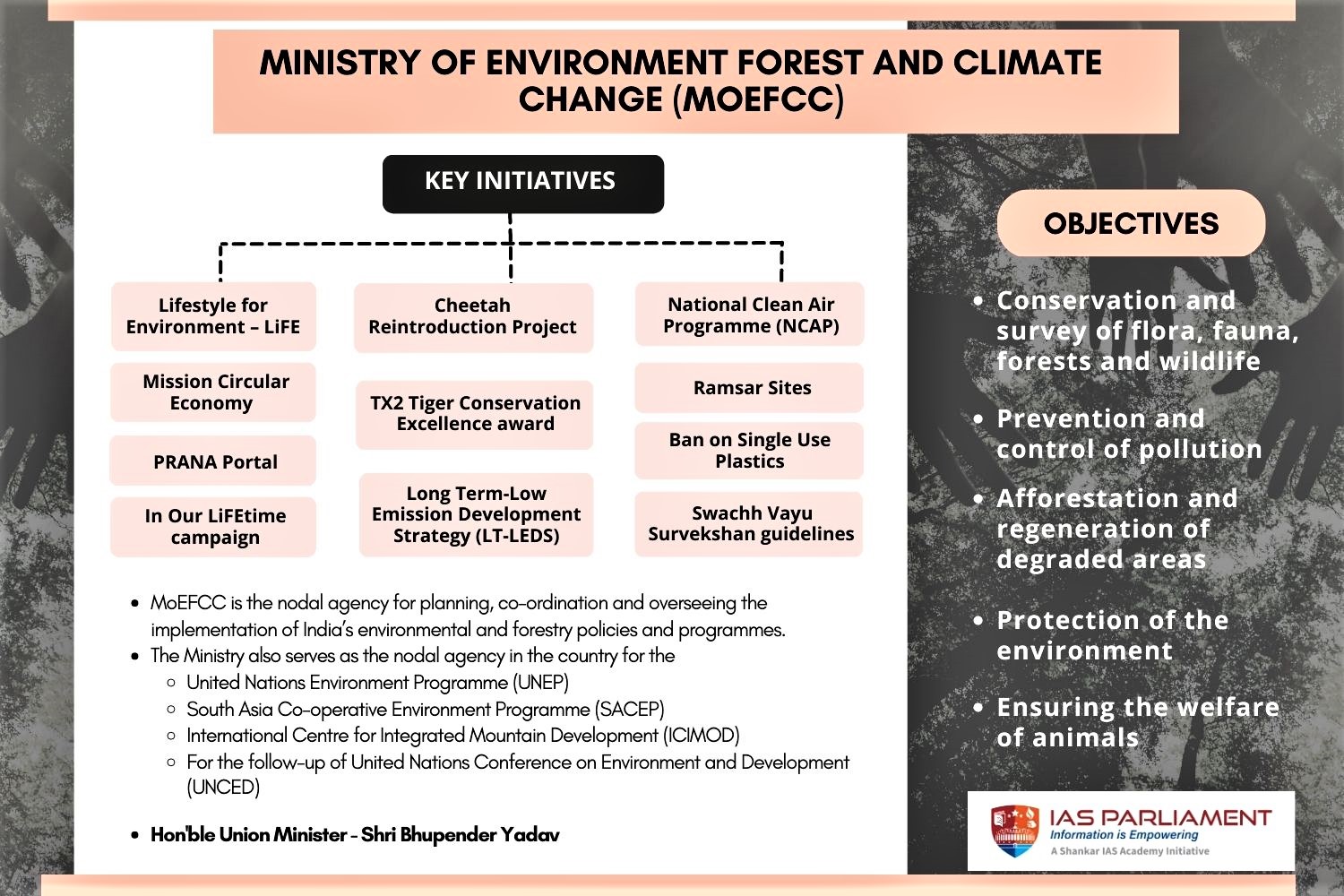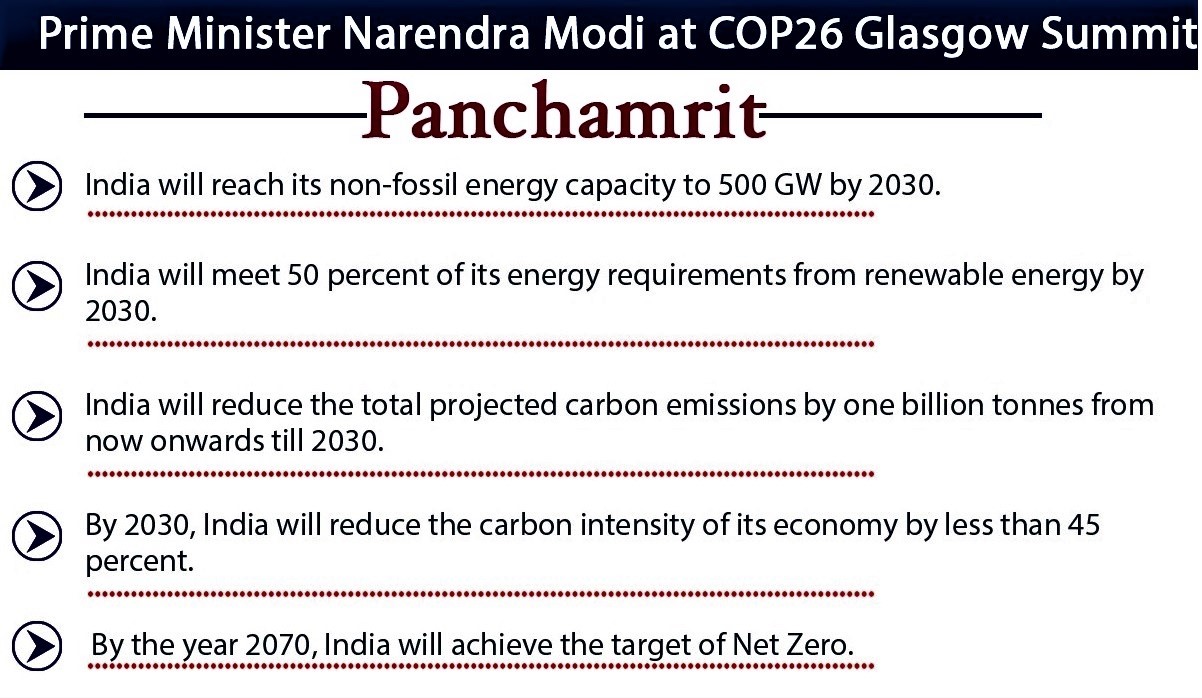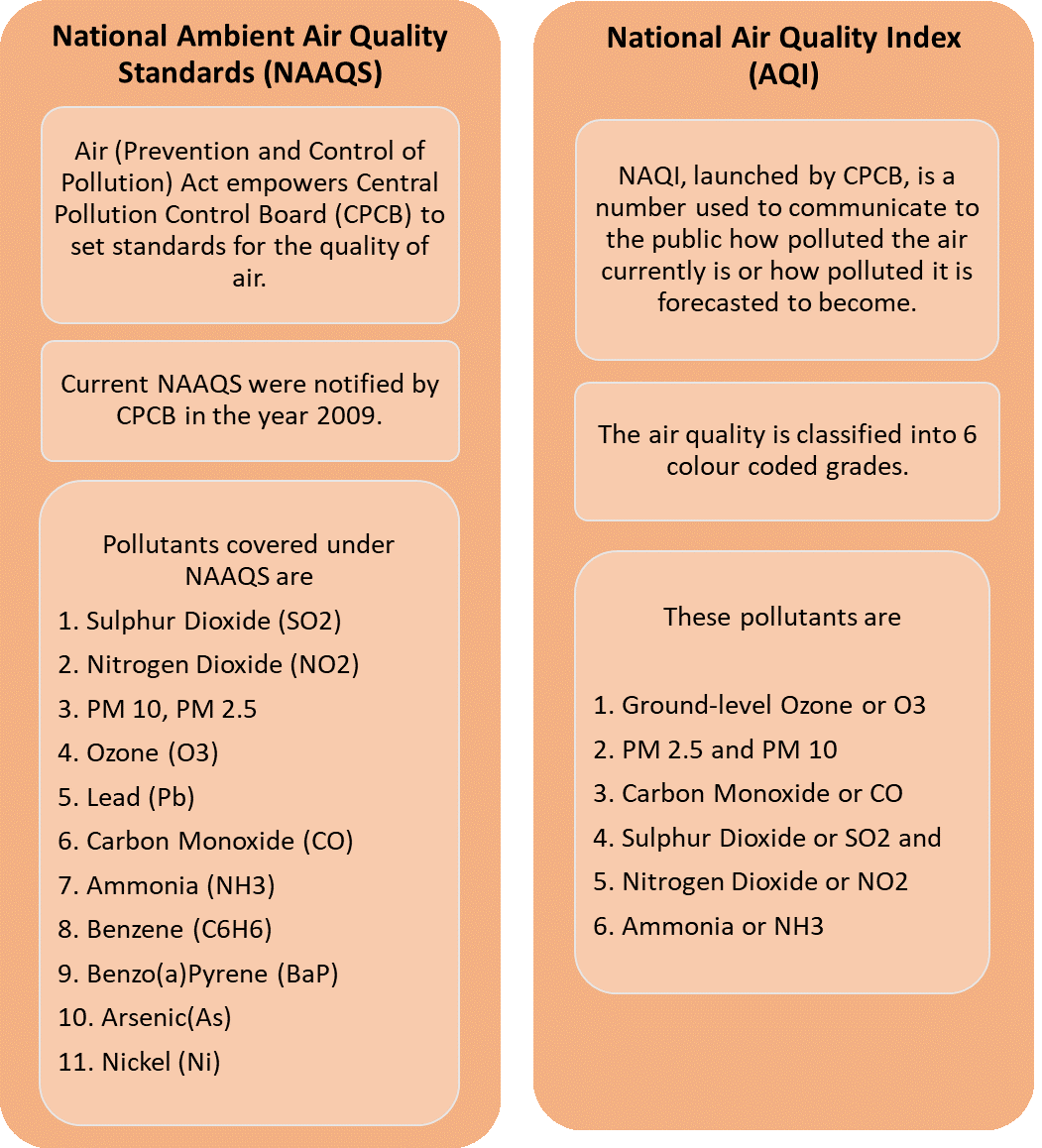7667766266
enquiry@shankarias.in

1. Lifestyle for Environment – LiFE

2. Long Term-Low Emission Development Strategy (LT-LEDS)
|
India’s Updated NDCs |
|
3. In Our LiFEtime campaign
4. Promoting Circular Economy - Waste-to-Wealth
5. National Clean Air Programme (NCAP)

To know about Part-2, click here
Reference
PIB | Year End Review: Ministry of Environment Forest and Climate Change